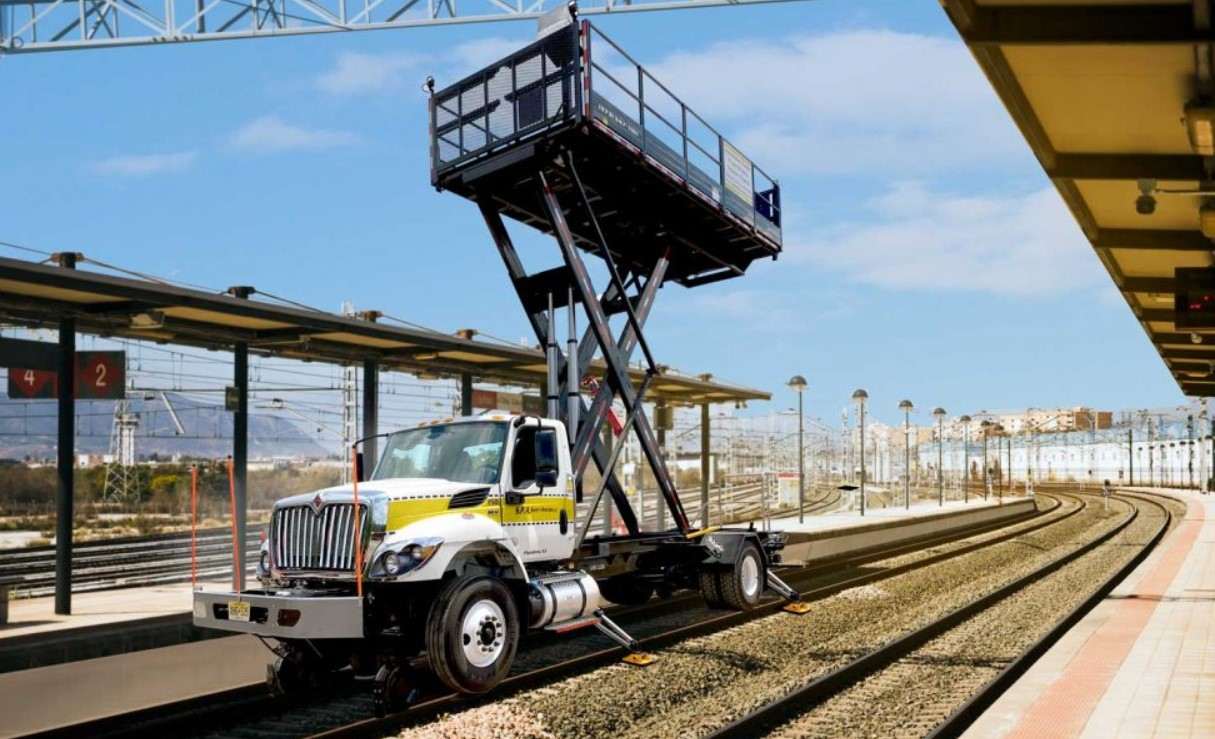Introduction: Why Crash Truck Safety Can’t Be an Afterthought
On a chilly April night in New Jersey, a seasoned crash truck operator named Luis was the last line of defense between his paving crew and oncoming traffic. Just after midnight, a distracted driver failed to notice the lane closure signs. The car slammed into the rear of Luis’s truck. Thanks to his training, the correct positioning of his attenuator, and working warning lights, a tragedy was averted. Everyone went home safe.
Stories like this play out across the country—sometimes with much less fortunate outcomes. In 2023, work zone crashes claimed over 800 lives in the U.S., with many more injuries (FHWA). For crash truck operators and safety supervisors, every shift is a reminder: Attenuator safety isn’t just a protocol; it’s a life-saving responsibility.
Whether you’re new to the role or a veteran, following proven crash truck safety practices is the difference between a near-miss and a nightmare.
1. Know Your Truck and Equipment—Inside and Out
Operators must be intimately familiar with their crash truck’s controls, features, and limitations.
- Review the manual for your specific make and model.
- Check the attenuator—ensure it’s MASH-certified and in good repair.
- Test warning systems (LED arrow boards, strobes, brake locks) before every shift.
- Inspect tires, brakes, and mirrors as part of pre-trip protocols.
“The best operators I’ve known could spot a loose bolt just by sound. You have to know your truck like you know your own hands.”
— Retired DOT supervisor
2. Master Crash Truck Positioning
Proper placement is the foundation of crash truck protocol and maximizes attenuator safety:
- Follow DOT diagrams: Always position the crash truck at the upstream end of the work zone, as specified by your state’s traffic manual.
- Stay offset: Allow enough buffer distance between your truck and the crew or equipment you’re protecting.
- Keep the attenuator facing traffic: Never park at an angle or with the attenuator obstructed.
- Be visible: Use high-visibility markings and lighting, especially in low-light conditions or adverse weather.
Remember: A misplaced crash truck is almost as dangerous as not having one at all.
3. Maintain Constant Communication
Work zone safety is a team effort. Crash truck operators must:
- Use two-way radios or hands-free communication devices to stay in touch with flaggers, supervisors, and other drivers.
- Report hazards immediately, including erratic drivers, shifting signage, or equipment breakdowns.
- Double-check lane closure setups and coordinate any repositioning with the crew.
“I always let my crew know if I see trouble coming. Sometimes that five-second heads up is what saves a life.”
— Maria, crash truck operator
4. Never Let Your Guard Down: Situational Awareness
Highway environments are unpredictable. Stay alert by:
- Scanning traffic constantly: Watch for speeding, weaving, or distracted drivers.
- Monitoring weather: Rain, fog, or darkness increases risk—adjust protocols accordingly.
- Limiting distractions: No cell phones, headphones, or side conversations while on duty.
- Rotating operators: Long shifts cause fatigue. Schedule breaks and, if possible, share driving duties.
Fact: According to OSHA, most work zone crashes occur during routine, “normal” operations—complacency is the real enemy.
5. Perform Pre- and Post-Shift Inspections
A safe shift starts and ends with a thorough walkaround:
- Before every deployment:
- Inspect the attenuator for damage or debris.
- Check lighting, brakes, mirrors, and backup alarms.
- Confirm reflective markings are clean and visible.
- After every shift:
- Log any impacts, close calls, or maintenance needs.
- Clean debris from the attenuator and lighting.
- Report issues immediately to your supervisor or fleet manager.
Tip: Many insurance claims are denied due to a lack of inspection records—keep yours up to date.
6. Follow All DOT and Company Safety Protocols
- Comply with state and federal guidelines: Always follow FHWA, OSHA, and your state DOT’s work zone safety rules.
- Wear required PPE: Hard hats, high-visibility vests, gloves, and boots at a minimum.
- Participate in regular safety training by Attending toolbox talks and refreshers, as protocols change in response to evolving regulations.
Crash truck safety is an ongoing commitment. If you’re unsure about a rule or setup, ask your supervisor or safety officer before proceeding.
7. Prepare for the Unexpected: Emergency Protocols
Even with every precaution, emergencies can still occur. Operators should:
- Know the emergency plan: Be clear on evacuation routes, first aid, and who to contact in the event of an accident.
- Keep emergency supplies (cones, flares, and a first aid kit) in the truck.
- If struck: Remain calm, check for injuries, call 911, and alert your supervisor. Do not move the truck unless instructed to do so by the authorities.
- Document everything: Take photos, record witness statements, and preserve any relevant evidence for investigators.
Your calm response in an emergency can help prevent a bad situation from escalating.
Conclusion: Stay Vigilant, Stay Safe
Operating a crash truck is a unique and responsible task. You’re not just driving—you’re protecting lives, sometimes with only seconds to spare. The best operators don’t just follow rules; they live them, shift after shift. They know that every protocol, every inspection, every radio call can be the difference between a safe crew and a tragedy.
Remember:
- Know your equipment.
- Master your positioning.
- Communicate relentlessly.
- Stay alert.
- Inspect before and after every shift.
- Follow all safety protocols.
- Be ready for emergencies.
Every safe shift is a victory. Let’s ensure you and your crew arrive home safely every time. Contact Spa Safety Systems today!
FAQs: Crash Truck Operator Safety
1. What is the most common mistake crash truck operators make?
Failing to perform thorough pre-shift inspections or improperly positioning the truck—both can turn a preventable incident into a serious accident.
2. What should I do if my crash truck is struck while deployed?
Stay calm, check for injuries, call 911, notify your supervisor, and do not move the truck until authorities arrive unless it’s unsafe to stay.
3. How often should I inspect my crash truck and attenuator?
At a minimum, before and after every shift. More frequent checks may be necessary after impacts or in severe weather conditions.
4. Do crash truck operators need special training?
Yes—state DOTs and many companies require operator safety training and regular refreshers. Always stay current with protocols.
5. What safety features are required on a crash truck?
MASH-certified attenuator, functioning LED arrow board, strobe lights, reflective markings, backup alarm, and all required PPE for the operator.








